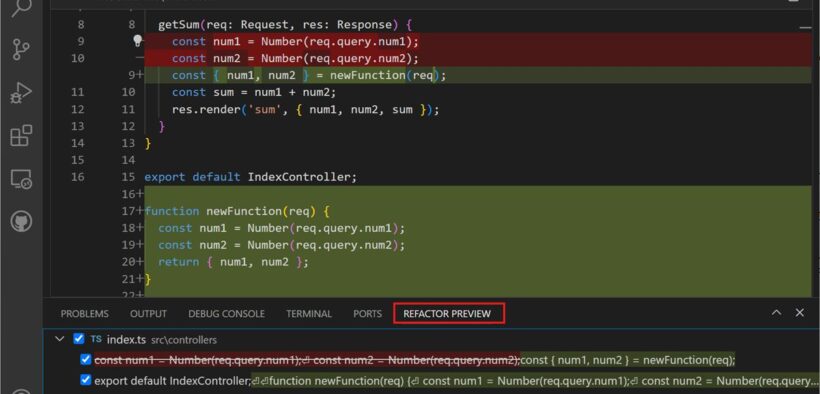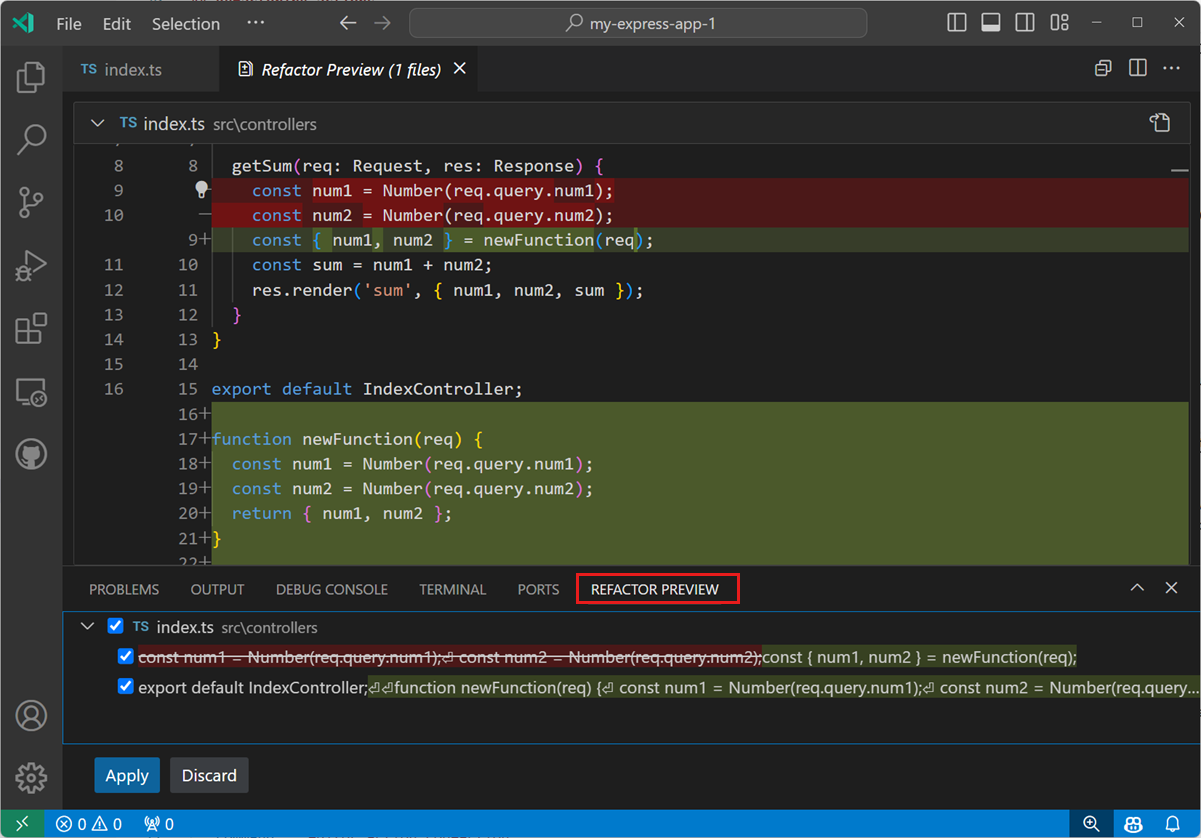Improve Your Code Quality Instantly! Use Practice Refactoring Now
Share

We all want our code to be perfect. But sometimes, despite our best efforts, it isn’t up to par. This is where practice refactoring comes in. Refactoring is improving the design of existing code without changing its functionality. It’s a great way to make your code more readable, maintainable, and extensible. And it can be done with just a few simple steps. How do you improve your code quality instantly? And how do you use practice refactoring now? Refactoring is a technique where you change the design and structure of your code without changing its functionality.
Practice Refactoring is a quick and straightforward way to help you and your team refactor existing code into better and more maintainable code. It enables you to reduce defects and improve maintainability and usability. You can use practice refactoring to improve the quality of your code immediately, even if you don’t have any experience in refactoring. You can try out Practice Refactoring for free, and when you like it, you can sign up and purchase a license now for unlimited access. In this video, we show you what a typical practice refactoring looks like, and we walk you through a few examples of how this tool can improve your code quality.

What is Code Refactoring?
Code refactoring is a technique where you change the design and structure of your code without changing its functionality. It helps you reduce defects and improve maintainability and usability. A good practice refactor is the only way to enhance code quality. But, if you have a big codebase, refilling manually is challenging. So, what do you do? Use a tool to automate the process. In this guide, Willow, you can use a tool like Rake to refactor your code easily.
The Benefits of Code Refactoring
Code refactoring can help you improve your productivity and maintainability and even learn new concepts. First, let’s talk about what makes code refactoring so powerful.
• It’s easier than you think. You can quickly try it out on your project without fearing breaking anything. Refactoring is a very low-risk way to learn about the inner workings of your code.
• It saves you time. You don’t have to go through every line of code to determine what needs to be changed. You can focus on the most critical aspects of your code.
• Refactoring is a great way to learn. When you refactor, you ask yourself, “How can I write this code better?”
Refactoring has many benefits. The main idea is that it allows you to change your code without risking it.
How to Perform Code Refactoring
Refactoring is improving the design and structure of existing code without changing its functionality. To make your code better, you need to understand what it does. Once you do, you can think about how it could be better. Then, you can start making changes to it. Code refactoring decomposes code into smaller units that can be tested and verified individually. The process consists of several steps: understanding the code, finding defects, fixing them, and verifying that everything works as expected.
Why You Should Practice Code Refactoring
Why You Should Practice Code Refactoring
We all want our code to be perfect. But sometimes, despite our best efforts, it isn’t up to par. This is where practice refactoring comes in. Refactoring is improving the design of existing code without changing its functionality. It’s a great way to make your code more readable, maintainable, and extensible.
It can be a technique where you change the design and structure of your code without changing its functionality. This helps you reduce defects and improve maintainability and usability.
Best Practice: This can be done with just a few simple steps. Ices for Code Refactoring
This is because the refactoring process is essentially a series of micro-refactorings. Every refactoring you perform improves the design of your code, which can lead to easier understanding, better maintainability, and more extensibility. This is why, if you want to start refactoring, the first step is to get comfortable.
I’ve written a short guide to help you understand the basics of refactoring. In it, you’ll learn how to start refactoring your code, why you should do it, what kinds of things you can refactor, and the basic steps involved in a refactoring session.
Frequently Asked Questions Practice Refactoring
Q: How did you start practicing code refactoring?
A: I had to refactor a big piece of code and realized it could have been done better. So, I started practicing refactoring, and now I am a master at it.
Q: Do you have any tips for developers who are new to code refactoring?
A: When you refactor your code, make sure that you change it to make it more readable. Refactoring is not something you can add to your toolbox; you should always practice it.
Q: Have you ever had to refactor your code? If yes, how did it go?
A: I have had to refactor my code, which was a lot of fun.
Q: How would you describe the refactoring process to someone who has never done it before?
A: The refactoring process changes one or more modules (classes) into different types with the same functionality. It can be automated and helps us write more maintainable code.
Q: What advice would you give someone who wants to learn how to do code refactoring?
A: Don’t wait for an urgent task to come up. Take a step back from your code and look at it from a distance. Then, you can identify unnecessary code and refactor it.
Q: Have you ever made a mistake while refactoring? If yes, how did you fix it?
A: Yes, I have made mistakes in refactoring. But this is not something that you cannot learn from. You know more when you try to solve a problem instead of just reading about it.
Top 5 Myths About Practice Refactoring
1. “Practice Refactoring” is not a silver bullet.
2. Refactoring is not magic.
3. Refactoring is not just about rearranging code.
4. There’s no such thing as too much refactoring.
5. It doesn’t matter if you don’t understand the code you’re working with.
Conclusion
Practice refactoring is a process that helps you improve your code quality without wasting time. The first step is to identify the problem. This can be done by reading code comments or by asking yourself questions. Once you have a problem in mind, you can start refactoring. This means you make minor changes to your code and add them individually.








